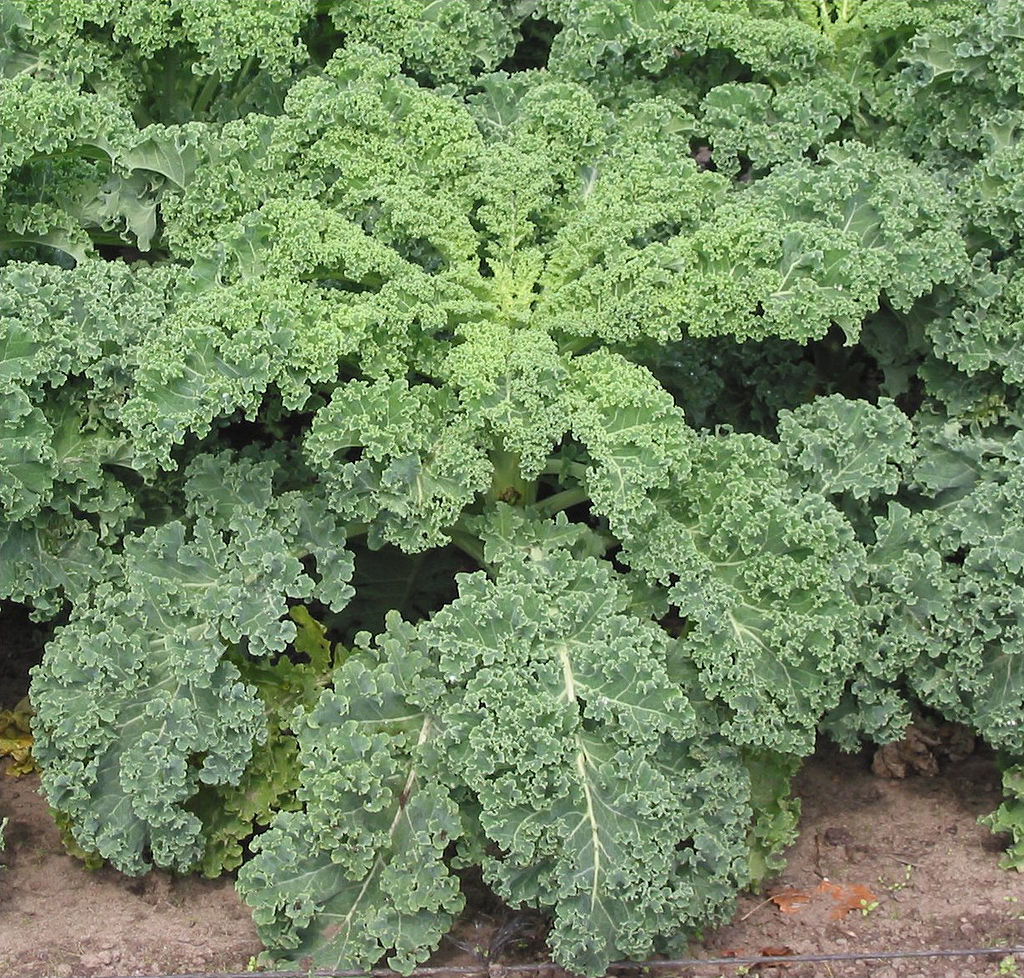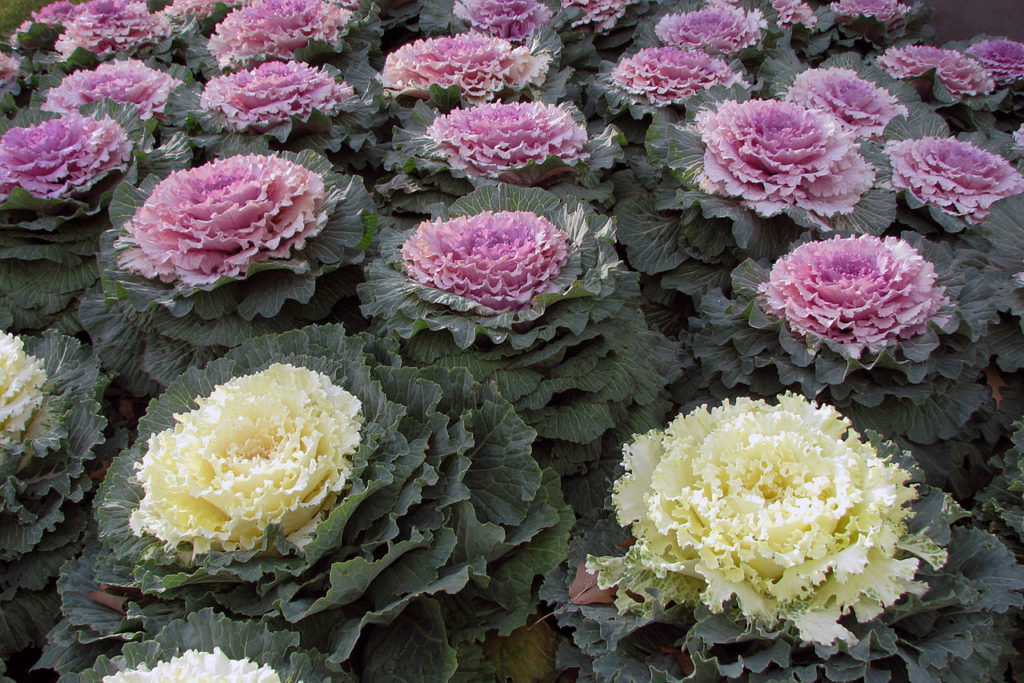
fciwomenswrestling.com, femcompetitor.com article, pixabay.com photo credit
Foods with names like beets, asparagus and okra seem to scream to us, “I taste terrible!”
Based upon that theory how does your taste buds like the name Kale?
No, not Gail or Kiel, its Kale.
The reason why they are worth the extra effort, even when they are screaming at us, is because most of the time they are incredibly good for us.
Kale is no different.
A kale plant has green or purple leaves and the central leaves do not form a head (as with headed cabbages). Kales are considered to be close cousin to wild cabbage.

At the informative site healthline.com they report, “Kale, like other leafy greens, is very high in antioxidants. Of all the super healthy greens, kale is the king. It is definitely one of the healthiest and most nutritious plant foods in existence. Kale is loaded with all sorts of beneficial compounds… some of which have powerful medicinal properties.”
- Vitamin A: 206% of the RDA (from beta-carotene).
- Vitamin K: 684% of the RDA.
- Vitamin C: 134% of the RDA.
- Vitamin B6: 9% of the RDA.
- Manganese: 26% of the RDA.
- Calcium: 9% of the RDA.
- Copper: 10% of the RDA.
- Potassium: 9% of the RDA.
- Magnesium: 6% of the RDA.
- Then it contains 3% or more of the RDA for Vitamin B1 (Thiamin), Vitamin B2 (Riboflavin), Vitamin B3 (Niacin), Iron and Phosphorus.
One of the fantastic benefits of eating Kale is that experts say it’s helpful in burning fat off of thighs.
When you take a look at these gorgeous girls with strong thighs, beautifully formed, it can give pause to think that maybe eating Kale in combination with a good fitness program and healthy diet is worth looking into.
How about her?

Fortunately we have a group that provides us with a nice suggestion on how to make Kale taste great. At discoverkale.co.uk they enlighten, “Juicy segments of orange with butter or olive oil, or even a little orange juice, really add sweetness to kale. You can add oranges in to stir-fries or simply sauté them with some shredded kale, or you could make a marvelous sauce to bridge the flavor of kale with other ingredients, for example meat or poultry in a one-pan supper dish.”
Great idea. Great suggestion.
The world is a better place with Kale lovers and we found one with some stellar credentials. Please meet Kathy Tennefoss and here is what she has to say.
“I have a B.S. in Physical Anthropology with a minor in business and a Culinary Arts degree. I worked on the Monticello archaeology site with the University of Virginia. I married my high school sweetheart and have been married for 20 years now. I enjoy writing, biking, 5 K’s, swimming, walking, and yoga. I have worked for the last 6 or more years in the real estate business doing remodels to rentals and I am currently in the process of writing a book on the subject. I was filmed in a show called Flip That House with my husband in New Orleans and I am also in the process of launching a new social networking website.
I am a huge advocate for eating a vegetarian, vegan, and raw food diet. I have been a vegetarian/vegan/raw foodist for over 20 years and I wanted to help others by starting a website that showed people how easy raw/vegan food recipes were to prepare. I also have another information website for raw food that describes the benefits of certain raw foods. I want to show the world how easy it is to eat raw and become a healthier person in the process.
Our country needs more health advocates out there pushing for a change in our diet. Organic food should be the norm not the high dollar exception. You shouldn’t have to worry about what your friends and families are eating or if there is pesticides on your food.
I also feel that it is really important to make exercise a part of your daily routine. Yoga is one of the best ways to relieve stress after a long day plus it is very beneficial to your body. Anytime you can get on your bike, go for a walk, or jog you are doing your body good!”
We love her credentials and we loved her article as well.
The Health Benefits of Eating Kale

As one of the most prominent leafy vegetables in Europe, kale is a wondrous raw food with a plethora of redeeming qualities. Featured in many famous dishes from Africa, Ireland, Asia, the Netherlands, Brazil, Denmark, Holland, Sweden, Montenegro and Portugal kale is truly a global provider. Despite its amazing health benefits and international allure kale still remains largely under the radar in America. It is so popular in Germany, social clubs and celebrations have evolved around the vegetable but in America you rarely see kale used at restaurants or even in home cooked meals. Maybe it is the temptations of fast food, meat, frying and large portions that have kept kale largely undiscovered in the United States but as health and diet agendas hopefully so too will the uses of kale. As a super raw food that fairly inexpensive and easy to source there is no reason why we all should not be cooking with this leafy friend more often. Mostly promoted and supported by vegan, vegetarian and raw food enthusiasts everyone would be better served by including more kale in their daily eating routines. Very easy to cook with and boasting a voracious variety of uses it should not be difficult for anyone to increase their kale intake. After we learn a little more about kale and review its many health benefits I am sure there will be a clamor at the supermarkets to buy some.
Kale is in the cabbage family and comes in green or purple headless leaves. Other color variations may consist of whites, yellows, blues and reds. The vegetable is strong in flavor and can become even more pronounced after being frozen or exposed to frost. The plant also grows very well in wintry and harsh climates making it very versatile as far as cultivation is concerned. Some close brothers to kale are broccoli, cauliflower, cabbage, kohlrabi, rapini, collard greens and brussels sprouts. Kale is viewed as a superfood with many healing qualities. In addition to its nutritional values kale is also often used for garnish and decoration. Most ornamental cabbage you see in gardens is from the kale family. Kale cultivars and looseleaf type classifications include curly leaved (Scots Kale Lutes), plain leaved, rape Kale lutes, leaf and spear (a cross between curly leaved and plain leaved Kale Lutes) and cavolo nero (also known as Tuscan Kale Lutes and dinosaur Kale Lutes). Leaf form and texture are the identifying marks of different Kales and they can range from curled and wrinkled leaves (Scots) to flat with finely divided edges (Siberian or Russian). One cool characteristic of growing kale is that you can harvest the outer leaves as you need them without harming the plant or the future growth of more inner leaves. Kale is very simple to grow and is a great addition to any vegetable patch. It is of interesting to note that the tender and young kale is best for salads while the mature leaves are best for cooking. Speaking of food preparation let’s take a look at some of the reasons why we should include this raw food in our meals and dishes.
Boiling Kale is not the recommended but steaming, micro-waving, stir frying and eating it raw are all highly encouraged. Kale is a cherished raw food because it is rich in beta carotene, vitamin K, vitamin C, lutein, zeaxanthin, calcium, glucosinolates, sulforaphane, vitamin E, vitamin A, iron, manganese, calcium, potassium and manganese. It is these facets of kale that are known to prevent and fight against such medical terrors as cancer, cataracts, emphysema and rheumatoid arthritis. A traditional serving size of kale (1 cup) only contains 40 – 60 calories making it a great weight loss aid. Containing a plethora of enriching antioxidant properties, compounds, minerals and nutrients the vegetable is also successful in preventing colds, improving skin tone and augmenting energy levels. Even though it helps the liver, the colon and other vital organs one special circumstance it does not aid in is those with thyroid issues. Containing goitrogen, a naturally-occurring substance in kale and if too much is consumed kale can interfere with the functioning of the thyroid gland or cause concern for those with thyroid problems. Regardless of this one caveat kale is still a food that must be consumed more often by more people.
If you care about your health, the environment and the raw food industry you should have no problem jumping on the kale bandwagon. Kale recipes are rarely complicated and the food is so flexible it can be used in smoothies, soups, salads and even main dishes. Although kale is often cooked and combined with meat we highly encourage its use only in a raw food setting. By eating kale raw we maximize its potential while helping the world as well as ourselves. A raw food diet is a great way to take care of the planet while also nurturing your body and kale is a perfect part of that plan. There are many awesome raw food cookbooks on the market that can show you some great kale recipes. The next time you are thinking of eating something raw and delicious hopefully kale will cross your mind and tummy. Here is even a great kale smoothie and soup recipe to get you started on your quest for kale indulgence. You can also check out my raw food cookbooks for more great cooking ideas.
A couple of Kale Recipes to get you on your way to great health!
KALE SMOOTHIE (blend ingredients well):
2 cups filtered water
4 bananas
3 yellow mangoes
1 cup of raspberries
1 cup of red grapes
6 to 8 kale leafs
A few mint leafs
KALE SOUP (Blend all the ingredients with warm water to get desired consistency):
1 Bunch of Kale leaves
1/4 Avocado
1/4 Lemon peeled
1 Roma Tomato
2 cloves Garlic
2 cups filtered water (lukewarm)
A sprinkle of red pepper flakes
Salt, pepper and onion powder to taste
B.S. Science in Physical Anthropology minor in business, and Culinary Arts Degree. Advocate for organic, vegetarian, vegan, and raw food diets. I have been a vegetarian/vegan/raw foodist for over 20 years. Have also worked in real estate for over 6 years. Have a couple of websites to help people who are interested [http://Recipes4RawFood.com] and [http://RawFoodForToday.com] Also working on a new social networking site!
~ ~ ~
OPENING PHOTO CREDIT PIXABAY.COM
By Terren – Kale, CC BY 2.0, https://commons.wikimedia.org/w/index.php?curid=3445771
https://ezinearticles.com/?The-Health-Benefits-of-Eating-Kale&id=5120030
Article Source: https://EzineArticles.com/expert/Kathy_Tennefoss/469446
Article Source: http://EzineArticles.com/5120030
https://en.wikipedia.org/wiki/Kale
https://www.healthline.com/nutrition/10-proven-benefits-of-kale
http://www.discoverkale.co.uk/your-best-kale-combinations/



